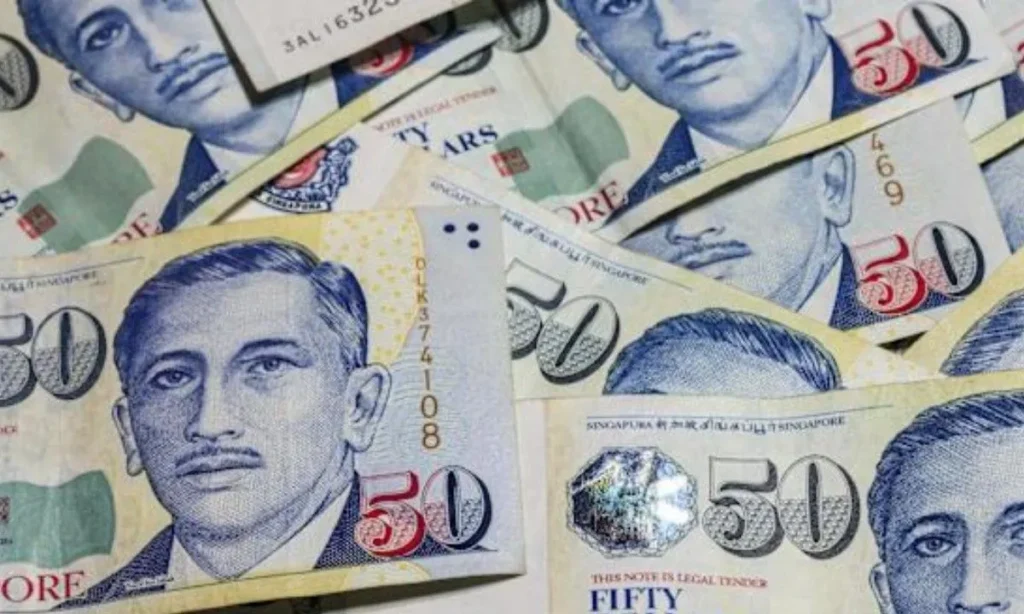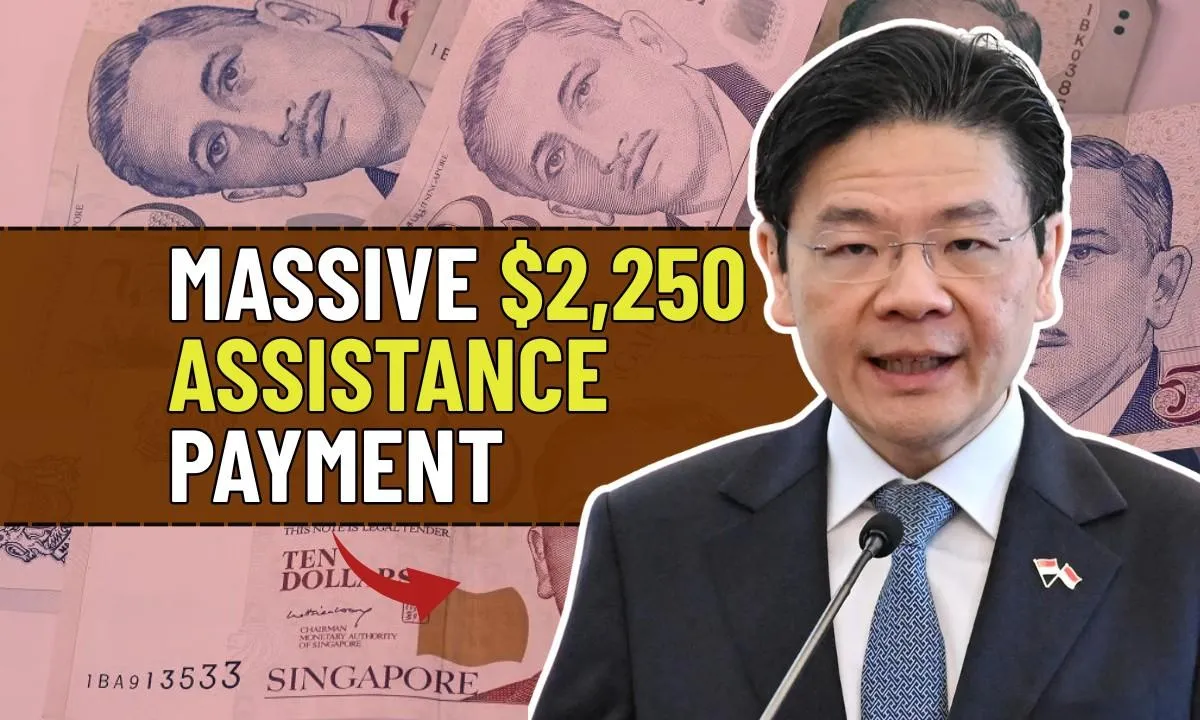Singaporeans could soon receive a massive $2,250 Assistance Payment (AP) as part of new government measures aimed at helping families cope with higher living costs. The payment, which is expected to be rolled out in stages, is designed to give immediate financial support to lower and middle-income citizens. With inflation continuing to pressure household budgets, this payout represents another major step in Singapore’s long-term plan to maintain economic stability and protect vulnerable groups.
What Is the $2,250 Assistance Payment?
The $2,250 payout is being introduced to help Singaporeans deal with everyday financial pressures. Although the government has not yet given this scheme an official name, it forms part of a larger effort to strengthen the country’s social safety net. The payment will likely be distributed through the same channels used for previous national support measures, such as the Assurance Package and the GST Voucher scheme. The goal is to ensure that every eligible citizen gets the financial help they need without facing delays or complicated procedures. Payments will be made directly into citizens’ bank accounts registered with government systems, reducing the need for manual claims or paperwork.
Who Is Eligible for the $2,250 Payout?
Eligibility for the payout will be based on income, household type, and citizenship status. Singaporeans from lower and middle-income households are expected to receive the full benefit, while higher-income groups may receive a smaller amount or be excluded altogether. The Ministry of Finance has emphasized that the scheme’s goal is fairness and transparency. Officials want to ensure that the payout reaches those who truly need help the most families with children, seniors, and individuals affected by higher daily expenses. Those living in smaller HDB flats or receiving existing government assistance will likely be among the first to qualify.
When Will Payments Be Distributed?

The payout will be released in several phases to manage distribution smoothly and securely. According to early indications, the first round of payments could begin as early as the next quarter, reaching most beneficiaries by mid-2025. Citizens who already have bank accounts linked to government systems such as PayNow or GIRO can expect funds to be transferred directly. For those without such accounts, alternative methods like cheque or PayNow (NRIC) transfers will be used. The structured timeline will make sure that no eligible Singaporean is left waiting too long for support.
Why the Government Is Introducing This Support
The $2,250 payout is part of Singapore’s ongoing response to global economic challenges, particularly the rise in food and utility prices. The government recognizes that even though Singapore’s economy remains strong, many households are still feeling the pressure of inflation. By offering this direct cash assistance, the authorities aim to help citizens manage their expenses and maintain financial stability. It also supports seniors, parents, and vulnerable groups who may be struggling more than others. This initiative fits into Singapore’s larger mission of inclusive growth ensuring that prosperity reaches everyone, not just a few.
How to Get Ready for Your Payment
Singaporeans who qualify for this payout should make sure their banking and identification details are updated. It’s essential to have the correct bank account linked to your NRIC through PayNow or your Singpass profile. Those details will ensure that the funds reach you without delays or complications. Officials also urge the public to stay alert for scams pretending to be related to government payouts. Always verify messages or emails through official channels like the Ministry of Finance (mof.gov.sg) or gov.sg. Never provide your personal or banking information to unverified websites or unknown callers.
By staying prepared and informed, eligible citizens can receive the payment quickly and securely once distribution begins. This one-time payout represents a significant relief measure for households trying to keep up with higher costs, reinforcing Singapore’s commitment to helping its people thrive even in uncertain times.

